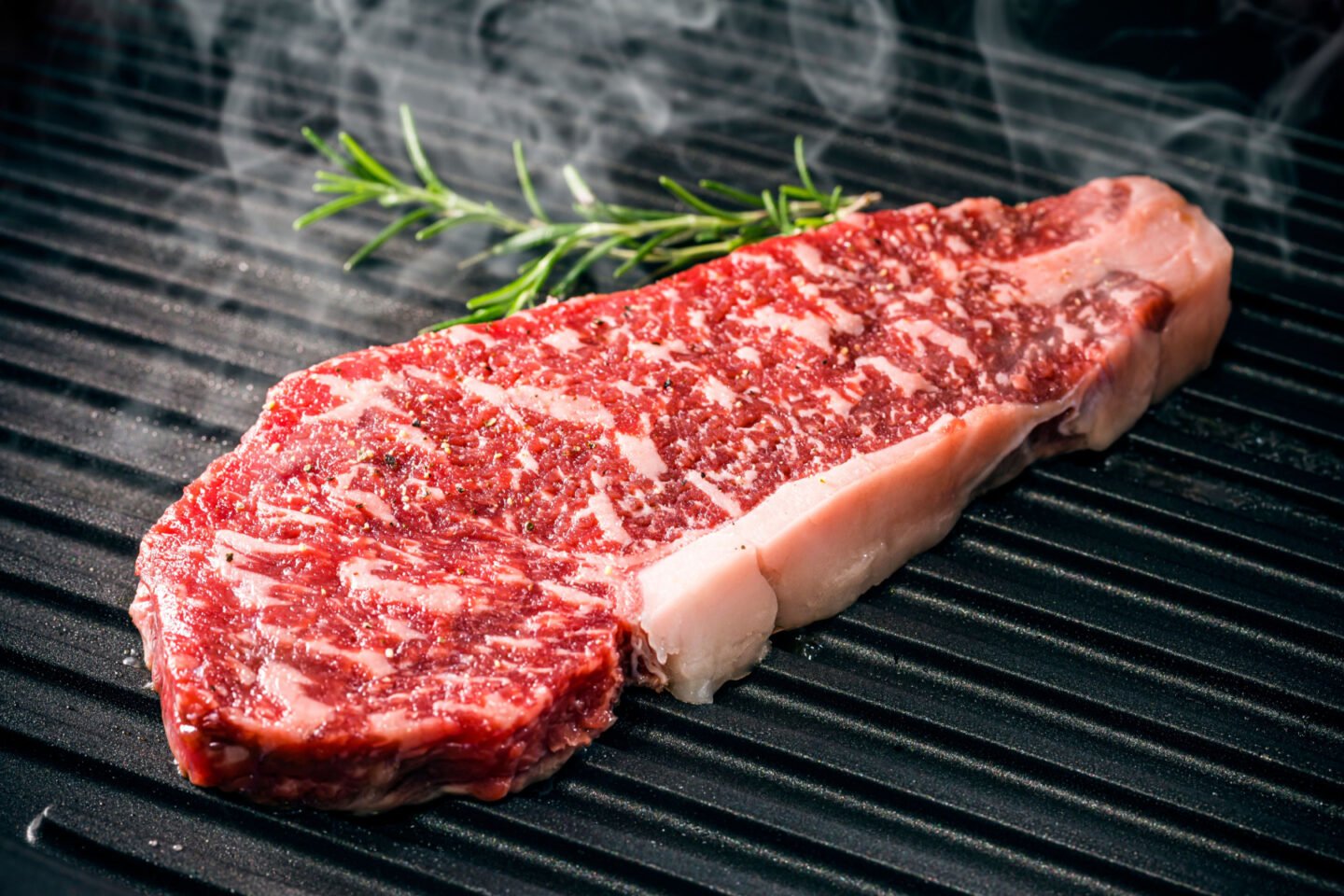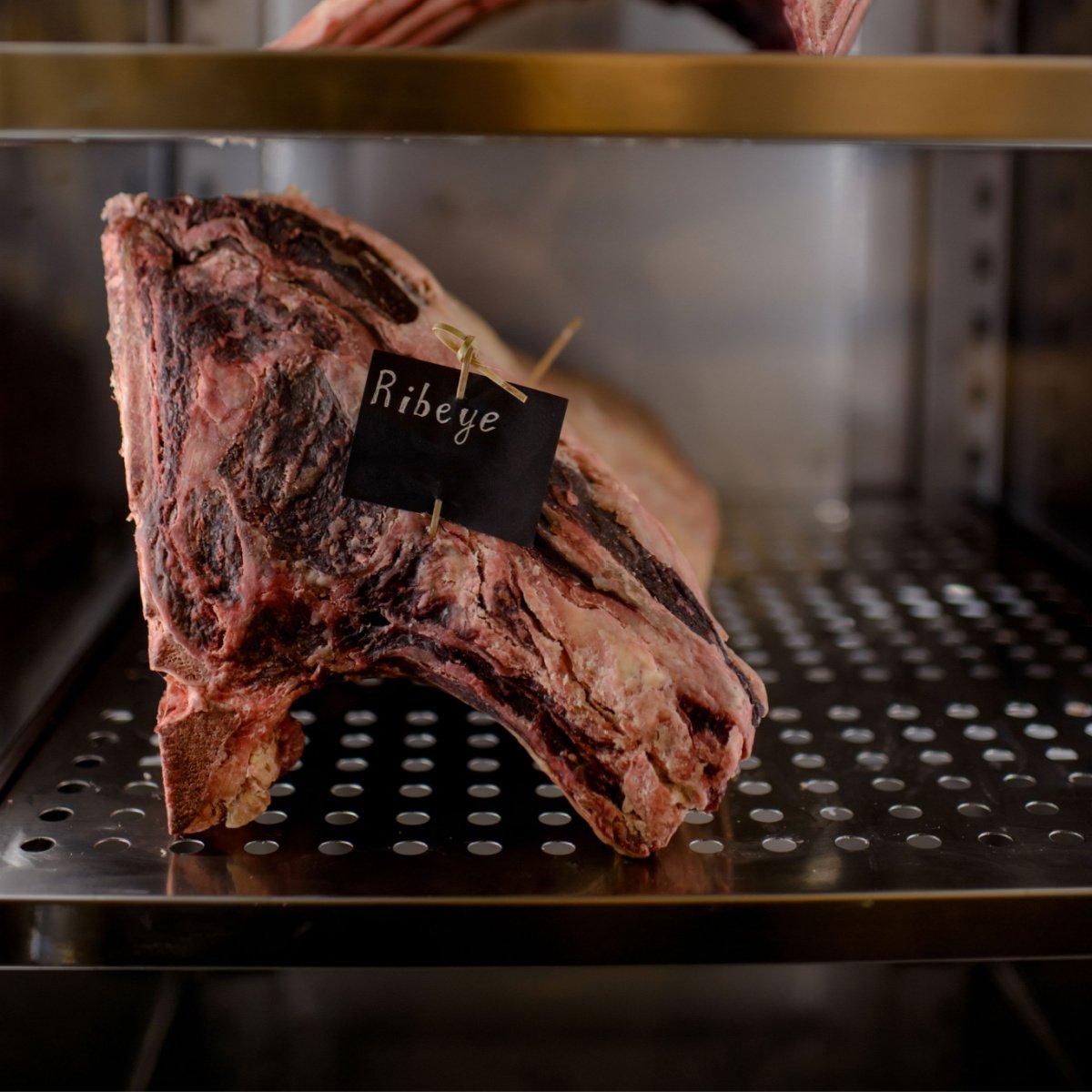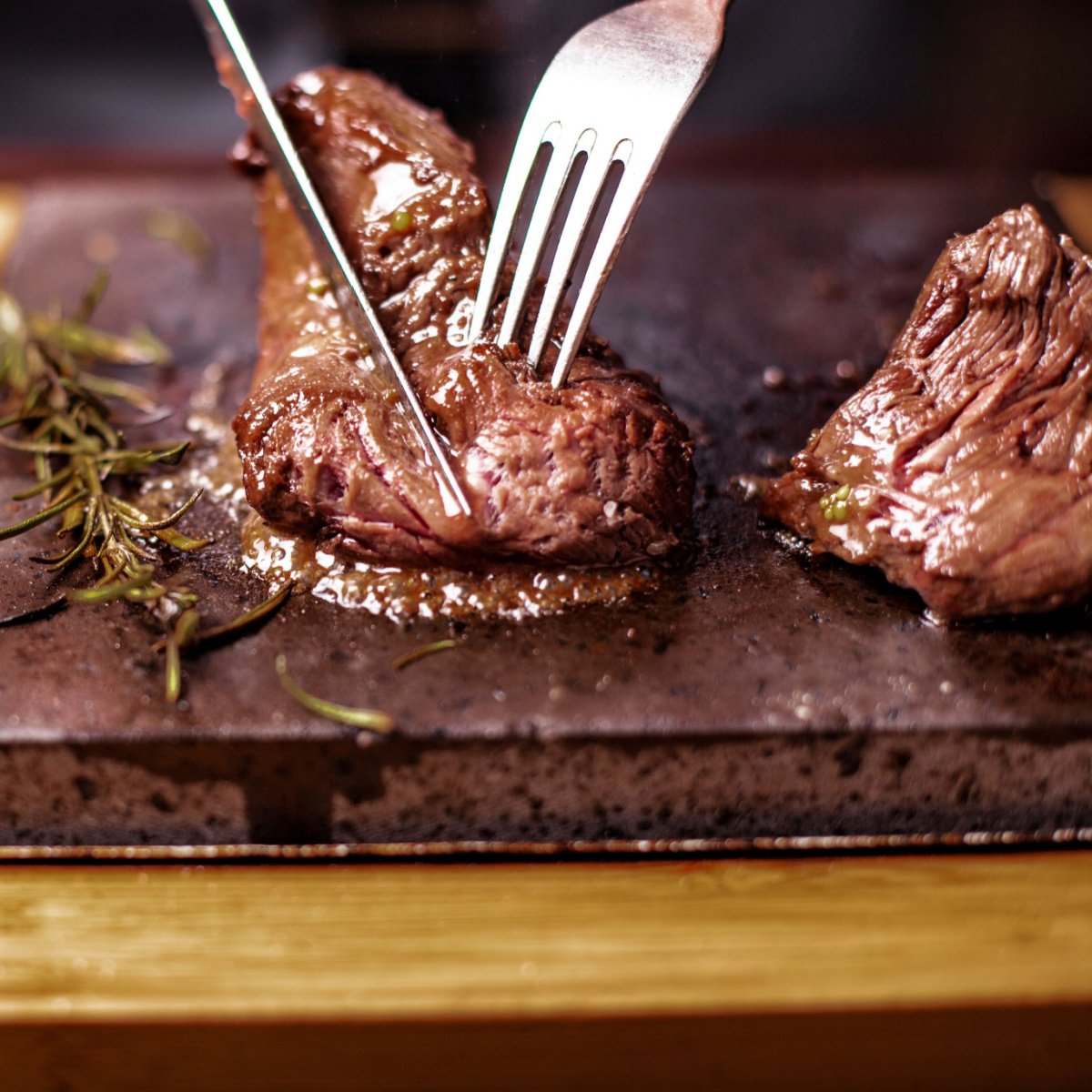Cooking steak is an art that many people enjoy, but unfortunately, it can be all too easy to end up with a bad cut of steak. Knowing if a steak is spoiled can help you avoid a potentially bad meal and wasted money.

The most reliable way to tell if a steak is spoiled is to check its smell, appearance, and texture. Fresh steak should have a mild, sweet aroma similar to the smell of other fresh meats. If you notice the steak has an off-putting or fishy smell, it has likely gone bad, and you should discard it.
If the steak also changes color, dries out, or gets slimy, it's probably gone bad and could be dangerous to your health. Read on as I discuss everything you need to know on this topic.
Table of Contents
Steak Spoilage: Why Does Steak Go Bad?
Steak is one of the most popular dinner options, but it spoils quickly. There are two reasons why steak goes bad: prolonged and improper storage and bacterial contamination.
Bacteria cause the steak to spoil and produce a foul odor, a slimy texture, and discoloration. However, several factors affect the time it takes for the steak to develop these signs.
One of the most critical factors in steak spoilage is temperature. Bacteria thrive in warm temperatures and can quickly multiply when exposed to higher temperatures. Keeping steak at an internal temperature of 40°F or lower will help reduce the risk of spoilage.
Another factor that can affect spoilage is exposure to oxygen. Oxygen helps bacteria grow and speeds up oxidation, both of which lower the quality of your raw meat.
Finally, the type of steak can also affect spoilage. Steaks with a higher fat content are more susceptible to spoilage than leaner cuts. Fat makes it easy for bacteria to grow, which is why tuna steak goes bad faster than beef steak.
How To Tell If Steak Is Bad

Foul Odor
A foul odor is one of the critical signs of steak spoilage that you should take seriously. A steak that has gone bad will typically have a sour, putrid smell that can be difficult to ignore.
If you notice a foul odor coming from your steak, it’s essential to discard it immediately.
This odor is a sign that spoilage bacteria have begun to grow on the steak, which could make it unsafe to consume.
For food safety, make sure to store and prepare your steak correctly, and check out any steak in the refrigerator for more than three days that produces an off-putting smell.
Slimy
Slime is often a sign that meat has gone bad and can mean that the steak is no longer safe to eat. Biological contaminants, such as bacteria, can cause the meat to spoil and produce slime.
Bacteria, such as Listeria, Escherichia coli, and Salmonella, can be present on the surface of the meat and produce slime after degrading the meat's fat and muscles.
Before you put the steak in the fridge or freezer, you can stop slime from forming on it by patting it dry.
Discoloration
When meat spoils, its color changes from a healthy red to a dull gray or brown. You should expect the steak to change color over time, especially after prolonged oxygen exposure.
However, it’s important to note that discoloration alone is not a reliable indicator of spoilage. For example, brown steak can still be consumed as long as it does not develop a foul odor or a slimy texture.
Dry
Dryness is another common indicator of meat spoilage. As the meat spoils, the moisture within it evaporates, leaving the meat dry and hard to the touch. This is especially true of poultry and ground meats, which are more susceptible to spoilage than other types of meat.
Out of Date
If you are unsure whether your steak has gone bad, you should try checking the “use by” date on the packaging. When buying steaks in vacuum-sealed plastic, they often come with a date indicating the length of time you can store your steak.
How Should Fresh Raw Steak Look and Smell Like?

Fresh steak should have a bright red color and be free of any discoloration. The fat should be white with a slight yellow tinge. If the steak has a grayish or brownish color, it could indicate that it is past its prime.
The smell of fresh raw steak should be mild and slightly sweet. A strong, sour, or pungent odor indicates that the steak is not fresh or is spoiled.
When handling raw steak, it should also be firm to the touch with a slight bounce when pressed.
Lastly, you should also consider the source of your steak. Buying steak from a trusted butcher or grocery store can help ensure that the steak is fresh and of good quality.
How To Tell If Frozen Steak Is Bad
The first way to tell if a frozen steak is bad is by the smell. A steak that has gone bad will have a sour or off-putting odor. If the steak has a strange or unpleasant smell, it is best to discard it.
The second way to identify if a frozen steak is bad is by color. A steak should be a deep red color, and any discoloration or browning may indicate that the steak has gone bad.
The third way to tell if a frozen steak is bad is by the texture. A steak should be firm, not mushy. If the steak is soft or has a slimy texture, it is a sign that it has gone bad.
The last way to tell if a frozen steak is bad is by the taste. If the steak has a strange or off-taste, discard it.
Is Brown Steak Bad?

No, the browning of a steak does not mean it has gone bad, but rather that it is an aged steak. The myoglobin that causes the red meat in steak can degrade into metmyoglobin, turning it brown, but it does not automatically make the steak bad.
Check your steak five days after refrigerating it; if it has turned brown, this is normal and should not alarm you. However, discard the steak if there are other signs of spoilage, such as a change in consistency, the presence of slime, or a foul smell.
How Long Does Steak Last?
Non-vacuum-sealed Steak
Non-vacuum-sealed steak typically lasts between 3 and 5 days in the refrigerator and about 3 to 5 months in the freezer. To ensure the steak stays fresh, wrap it securely in plastic or aluminum foil and store it in the coldest part of the refrigerator.
Vacuum-Sealed Steak
A vacuum-sealed steak lasts up to 6 to 12 months in the freezer and about 10 to 14 days in the fridge.
It is essential to ensure that you seal your steak correctly and label it with the date it was vacuum-sealed as a guide to its quality.
To maximize the shelf life of the steak, store it in the coldest part of the fridge, but also note that temperatures above 0°F can cause freezer burn.
Even though it's normal to see changes in color, like graying or browning, you should throw away your steak if it smells bad.
Cooked Steak
Once you cook steak, you can store leftover steaks in the refrigerator for three to four days. It’s best to keep the steak in an airtight container or wrap it tightly in plastic or aluminum foil to preserve its freshness.
You can always reheat leftover steak as long as it does not show any signs of spoilage.
What Happens If You Eat Spoiled Steak?

If you eat a bad steak, you may experience food poisoning. According to the Mayo Clinic, food poisoning is a foodborne illness caused by eating food or drinking water contaminated with harmful bacteria, viruses, toxins, or parasites.
Symptoms of food poisoning can range from mild to severe, and may include abdominal cramps, nausea, vomiting, diarrhea, fever, and headache.
Eating bad steak can also cause botulism, a rare but serious foodborne illness. Botulism is the result of a Clostridium botulinum infection, a pathogenic bacteria that produces a neurotoxin that can cause difficulty breathing, paralysis, and even death.
Related Questions
Steak turns gray after staying in the fridge or freezer for longer, but this does not mean it has gone bad. You should discard frozen meat once it produces slime and an off-putting smell.
No. Eating bad meat, including hamburger steak or any form of ground beef, poses health hazards such as food poisoning.
Yes, you can consume thawed steak. Thawed meat may appear brown or gray at first, but that’s not an indicator of spoilage. You're good to go if it does not produce a weird smell.
Yes, you can reheat leftover steak or use it to make other dishes, such as pasta and casseroles.

Leave a Reply